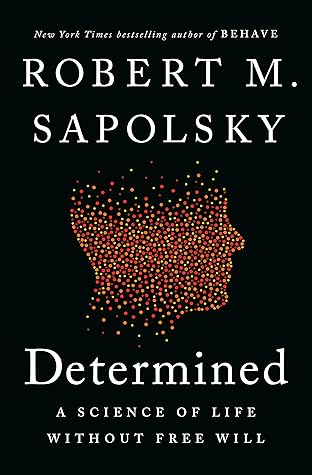Consider some organism—say, a fish—looking for food. How does it find food most efficiently? If food is plentiful, the fish forages in little forays anchored around this place of easy eating.[*] But if food is diffuse and sparse, the most efficient way to bump into some is to switch to a random, Brownian foraging pattern called a “Levy walk.” So if you’re the only thing worth eating in the middle of the ocean, the predator that grabs you will probably have gotten there by a Levy walk.
Welcome back. Just a moment while we sign you in to your Goodreads account.


